Home>Interior Design>8 Small Pantry Mistakes You Can Make When Adding One, Say Experts
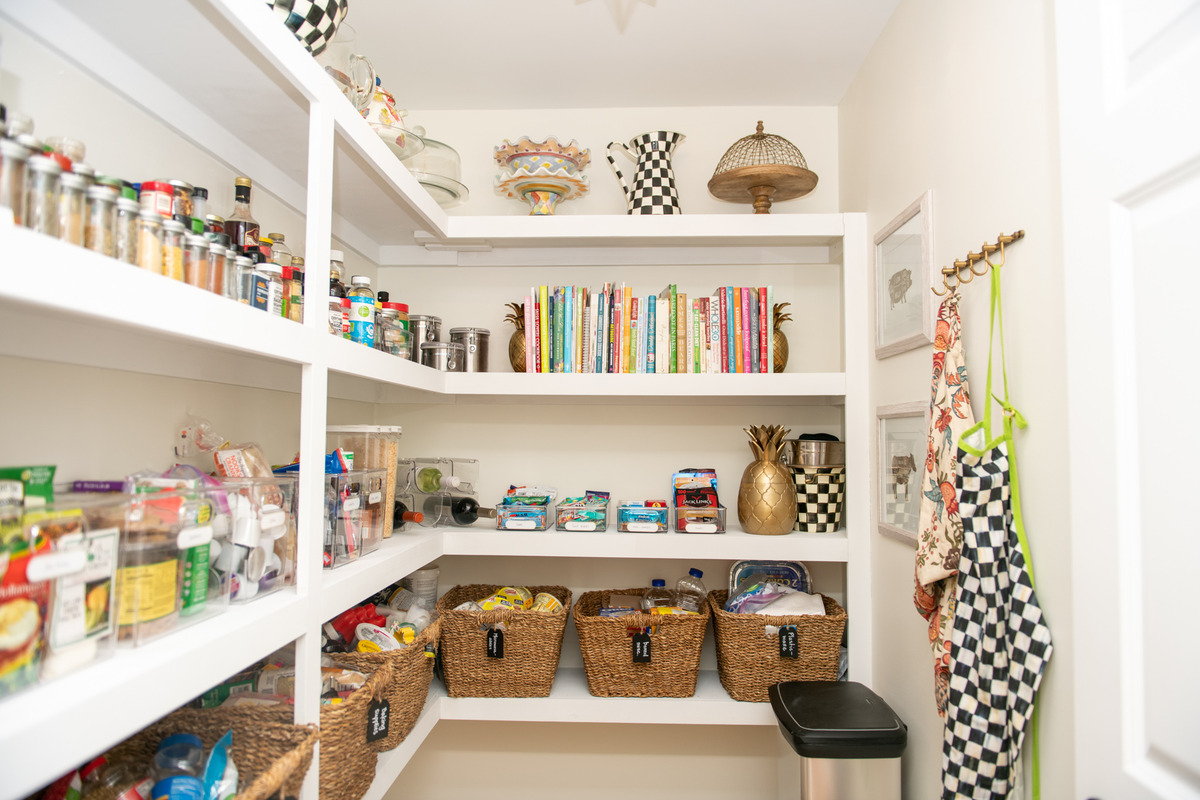

Interior Design
8 Small Pantry Mistakes You Can Make When Adding One, Say Experts
Modified: January 6, 2024
Avoid these 8 small pantry mistakes when incorporating an interior design, according to experts.
(Many of the links in this article redirect to a specific reviewed product. Your purchase of these products through affiliate links helps to generate commission for Storables.com, at no extra cost. Learn more)
Introduction
When it comes to creating a functional and organized kitchen, having a pantry is essential. A well-designed pantry not only provides ample storage space for your food and cooking essentials but also streamlines your meal planning and preparation. However, if not properly executed, a pantry can quickly become a cluttered and inefficient space. To help you avoid common pitfalls, we have consulted interior design experts who have shared their insights on the small pantry mistakes to avoid.
In this article, we will guide you through the eight most common mistakes people make when adding a small pantry to their kitchen. By understanding these mistakes and learning how to avoid them, you can ensure that your pantry remains organized, functional, and easy to navigate.
So, whether you are planning to create a new pantry or you want to optimize your existing one, let’s dive in and explore the mistakes you should steer clear of when adding or organizing a small pantry.
Key Takeaways:
- Avoid common small pantry mistakes by assessing space, organizing efficiently, and paying attention to lighting, labeling, and inventory. Regular cleaning and maintenance are crucial for a functional and visually appealing pantry.
- Create a successful small pantry by prioritizing space assessment, efficient storage organization, proper labeling, and attention to shelf life and expiration dates. Adequate lighting and regular cleaning are essential for a well-designed and functional pantry.
Mistake 1: Failing to Assess Your Space
One of the biggest mistakes people make when adding a small pantry is failing to assess their available space thoroughly. Before embarking on a pantry project, it’s crucial to take accurate measurements of the area and consider its layout and accessibility.
First, carefully evaluate the available square footage for your pantry. Take into account the width, height, and depth of the space. This measurement will determine the type and size of storage solutions you can incorporate, such as shelves, baskets, or bins.
Next, consider the location and proximity of your pantry to your main kitchen area. Having the pantry positioned too far away from your cooking and prep area can be inconvenient and inefficient. Ideally, the pantry should be easily accessible from the kitchen, allowing for seamless ingredient retrieval during meal preparation.
Additionally, assess the amount of natural light the space receives. Natural light can greatly enhance the visibility and ambiance of your pantry. If your pantry is lacking in natural light, consider adding adequate artificial lighting to ensure easy navigation and readability of labels.
Another important aspect to consider is the convenience of the pantry’s location relative to your grocery storage area. Having the pantry positioned close to your refrigerator or freezer can make it more convenient when unloading groceries. This reduces the chances of items being left out or forgotten in the process.
By thoroughly evaluating your available space and considering factors like size, location, lighting, and convenience, you can create a small pantry that optimizes functionality and meets your specific needs.
Mistake 2: Poor Storage Organization
One of the most common mistakes made when setting up a small pantry is poor storage organization. Without a well-thought-out organization system, it’s easy for your pantry to become cluttered and difficult to navigate.
To avoid this mistake, start by categorizing your pantry items. Consider grouping similar items together, such as canned goods, baking essentials, snacks, and spices. This will make it easier to locate specific items when you need them.
Once you’ve identified your categories, invest in storage solutions that suit your needs. Shelving units, baskets, bins, and clear containers can all be used to keep your pantry items organized. Utilize adjustable shelves to maximize vertical space and accommodate items of varying sizes.
Consider using labels or chalkboard labels to clearly identify the contents of each container or shelf. This will not only help you find specific items quickly, but it will also make it easier to maintain the organization over time.
Another key aspect of storage organization is utilizing the space efficiently. Make use of the back of the pantry door by installing racks or hooks for hanging items such as aprons, measuring cups, or oven mitts. Take advantage of vertical space by using stackable containers or shelving units.
Regularly decluttering your pantry is also essential in maintaining a well-organized space. Get rid of expired or stale items, and donate any non-perishable foods that you no longer use. This will not only free up space but also ensure that you’re only storing items that you actually need and will use.
By implementing a thoughtful storage organization system, you can maximize the usability and efficiency of your small pantry. Not only will it make your daily kitchen routine easier, but it will also help you avoid the frustration of searching through a cluttered and disorganized pantry.
Mistake 3: Overloading the Shelves
When it comes to organizing a small pantry, it’s important to strike a balance between utilizing the available space and overloading the shelves. Overloading the shelves can lead to disorganization, items getting lost, and difficulty accessing the items you need.
One common mistake is trying to fit too many items on a single shelf. While it may seem tempting to maximize the space, overcrowding the shelves can make it difficult to see what you have and can also lead to items falling or getting damaged.
To avoid this mistake, consider the weight-bearing capacity of your shelves. Some shelves may be able to support heavier items like pots and pans, while others may be better suited for lighter items like spices or condiments.
Another strategy is to use storage solutions like baskets or bins to group similar items together and prevent overcrowding. These containers can help contain smaller items and keep them organized, making it easier to access them when needed.
Additionally, take advantage of wall space or the back of the pantry door by installing hooks or hanging racks. This can free up shelf space and provide additional storage options for items like kitchen utensils or oven mitts.
Regularly decluttering your pantry and getting rid of expired or unused items will also help prevent overloading the shelves. By regularly reviewing and organizing your pantry, you can ensure that you’re only keeping what you need and have enough space to accommodate it.
By avoiding the mistake of overloading the shelves, you can maintain an organized and accessible small pantry. This will make it easier to find the items you need when cooking or meal planning, ultimately saving you time and frustration in the long run.
Mistake 4: Neglecting Proper Labeling
Proper labeling is a crucial aspect of organizing a small pantry, yet it is often overlooked. Neglecting proper labeling can lead to confusion, difficulty finding items, and wasted time searching through your pantry.
One of the most effective ways to label your pantry items is by using clear and concise labels. Whether you choose to use adhesive labels, chalkboard labels, or a label maker, make sure the labels are easy to read and understand.
When labeling, be specific about the contents of each container or shelf. Instead of just labeling a container as “spices,” specify the types of spices it contains, such as “cinnamon,” “paprika,” or “oregano.” This level of detail will save you time when looking for a specific ingredient while cooking.
If you prefer a more visual approach, consider using color-coded labels or tags. This can be especially useful when categorizing items like canned goods or baking supplies. Assigning a color to each category will make it easier to identify and locate items at a glance.
As you add new items to your pantry, be diligent about updating and relabeling containers. This will help you maintain consistency and ensure that everything is properly labeled.
In addition to labeling containers, consider labeling shelves or sections of your pantry to further enhance organization. This can be especially helpful if you have different zones for different types of items, such as a baking section or a snack section. Clear labels indicating each section will make it easier to maintain the organization and prevent items from getting misplaced.
By taking the time to properly label your pantry items and shelves, you’ll be able to quickly and easily locate what you need. This will not only simplify your meal planning and cooking process but also contribute to the overall organization and efficiency of your small pantry.
When adding a pantry, make sure to maximize vertical space with shelves or racks to fully utilize the available space and keep items organized and easily accessible.
Mistake 5: Ignoring Shelf Life and Expiration Dates
Ignoring the shelf life and expiration dates of pantry items is a significant mistake that can lead to wasted food, health risks, and a disorganized pantry. It’s important to pay attention to the freshness and expiration dates of the items you store in your pantry.
When organizing your pantry, take the time to check the expiration dates on all items. Discard any items that have already expired or are past their prime. Keeping expired items can take up valuable space and lead to confusion when searching for ingredients.
Take note of the shelf life of different pantry items as well. Some items, especially canned goods and dry goods, may have a relatively long shelf life, while others, such as spices or baking ingredients, may lose potency and flavor over time. Knowing the shelf life of your pantry items will help you plan your meals and prevent the usage of expired or stale ingredients.
To stay on top of expiration dates, consider implementing a first-in, first-out (FIFO) system. This means arranging your pantry items so that the older ones are used first. This ensures that your pantry is constantly rotated, and you are using up items before they expire. Simply place newly purchased items at the back of the shelf and move older items to the front for easier accessibility.
Properly labeling your pantry items with their purchase or expiration dates can also help you stay organized. This way, you can easily identify when an item needs to be replaced or used up before it expires. This practice will not only prevent waste but also save you money in the long run by eliminating the need to throw away expired items.
By paying attention to the shelf life and expiration dates of your pantry items, you’ll be able to maintain a well-organized pantry and ensure that you are using fresh and safe ingredients in your cooking.
Mistake 6: Not Keeping Track of Inventory
Not keeping track of your pantry inventory is a common mistake that can lead to overstocking, wastage, and difficulties in meal planning. It’s important to have an accurate understanding of what items you have in your pantry and when to restock them.
Start by creating an inventory system for your pantry. This can be as simple as a pen and paper or a digital spreadsheet. Note down all the items you currently have in your pantry, categorizing them by type and quantity.
Regularly update your inventory list as you use or restock items. This will help you keep track of what needs to be replenished and prevent you from purchasing unnecessary duplicates. Having an inventory list will also allow you to easily see what items you have on hand, facilitating the meal planning process.
Consider incorporating a “low stock” system into your inventory management. Highlight or take note of items that are running low so that you know to restock them during your next grocery shopping trip.
Another helpful tip is to organize your pantry in a way that allows you to easily see what items you have. Clear containers, baskets, or translucent jars can all aid visibility and help you quickly identify when a particular item is running low.
Keeping track of expiration dates in your inventory system is also important. When updating your inventory, check the expiration dates of your pantry items and make a note of them. This will help you prioritize and use up items that are approaching their expiration dates.
By diligently keeping track of your pantry inventory, you’ll be able to prevent overstocking, reduce waste, and ensure that you have the necessary ingredients on hand for your meal preparations.
Mistake 7: Using Inadequate Lighting
Using inadequate lighting in your small pantry is a mistake that can make it difficult to navigate, locate items, and maintain an organized space. Proper lighting is crucial for a functional and well-designed pantry.
When it comes to pantry lighting, natural light is ideal. If your pantry has a window, make sure to utilize it to the fullest extent by keeping the area around it clear and unobstructed. Natural light not only illuminates the space but also enhances visibility and makes it easier to identify items.
However, not all pantries have the luxury of natural light. In such cases, it’s important to invest in adequate artificial lighting. Poorly lit pantries can lead to dim shadows and make it difficult to read labels or identify items, especially in the back of shelves.
Ceiling-mounted fixtures or recessed lighting can provide overall illumination to the pantry, ensuring that the space is well-lit and evenly distributed. LED lights are highly recommended for pantries as they are energy-efficient and provide bright and crisp lighting.
In addition to overhead lighting, consider adding task lighting in specific areas of your pantry where extra illumination is needed. Under-cabinet lighting or motion sensor lights can be installed to light up specific shelves or corners. These focused lights can make it easier to read labels or find ingredients.
Proper lighting not only contributes to the functionality of your pantry but also enhances the overall aesthetic appeal. A well-lit pantry creates a welcoming and inviting atmosphere, making it more enjoyable to spend time in and encouraging better organization and cleanliness.
By avoiding the mistake of using inadequate lighting, you’ll ensure that your small pantry remains well-lit and accessible, allowing you to easily locate and organize your pantry items.
Mistake 8: Neglecting Regular Cleaning and Maintenance
Neglecting regular cleaning and maintenance of your small pantry is a mistake that can lead to a buildup of dirt, pests, and a disorganized space. It’s important to prioritize cleaning and maintenance to keep your pantry hygienic, functional, and visually appealing.
Regularly clean your pantry by wiping down shelves, surfaces, and containers. Use a damp cloth or cleaning solution to remove any spills, crumbs, or dust that may have accumulated. Pay special attention to the corners, crevices, and hard-to-reach areas of your pantry.
Take the time to declutter your pantry on a regular basis. Remove any expired or unused items and donate non-perishable food items that you don’t plan to use. This will help free up space and prevent your pantry from becoming overcrowded.
Consider implementing a scheduled cleaning routine to ensure that your pantry stays clean and organized. This may involve weekly wipe-downs, monthly deep-cleaning, and quarterly reorganization sessions. By sticking to a regular cleaning schedule, you’ll be able to maintain the cleanliness and functionality of your pantry.
Pest control is another aspect of maintenance that should not be overlooked. Pantries are susceptible to unwanted visitors like insects or rodents. To prevent infestations, store your food items in airtight containers and regularly inspect for signs of pests. If you notice any issues, take immediate action to address the problem.
Regularly maintaining and checking the functionality of your pantry’s storage solutions is important as well. Ensure that shelves are sturdy and secure, and adjust their positioning if needed. Replace any damaged or broken containers, baskets, or bins to maintain an organized and structurally sound pantry.
Lastly, take the opportunity during your regular maintenance sessions to reassess and reorganize your pantry. As your cooking and shopping habits may change over time, it’s important to periodically adjust the layout and organization of your pantry to best suit your needs.
By neglecting regular cleaning and maintenance, you risk a cluttered, unhygienic, and inefficient pantry space. Stay on top of cleaning, decluttering, pest control, and organization to ensure that your small pantry remains a functional and enjoyable part of your kitchen.
Conclusion
Creating and maintaining a small pantry that is organized, functional, and visually appealing is a goal for many homeowners. By avoiding common mistakes, you can ensure that your pantry remains a valuable asset in your kitchen rather than a source of frustration.
We’ve explored eight common mistakes to avoid when adding or organizing a small pantry. Failing to assess your space properly, poor storage organization, overloading the shelves, neglecting proper labeling, ignoring shelf life and expiration dates, not keeping track of inventory, using inadequate lighting, and neglecting regular cleaning and maintenance are all pitfalls that can be easily avoided with careful planning and attention to detail.
To create a successful small pantry, start by assessing your available space and considering its layout, accessibility, and lighting. Focus on implementing an effective storage organization system, utilizing containers, labels, and smart organizing solutions to keep your pantry tidy and accessible.
Make sure to pay attention to shelf life and expiration dates, regularly checking and updating your pantry inventory to prevent food waste and maintain freshness. Adequate lighting is essential for easy navigation and visibility, while regular cleaning and maintenance helps to keep your pantry clean, pest-free, and structurally sound.
By avoiding these common mistakes, you can create a small pantry that not only meets your storage needs but also enhances the functionality and aesthetics of your kitchen. A well-organized pantry simplifies meal planning, improves your cooking experience, and saves you time and frustration in the long run.
So, take the time to plan, organize, and maintain your small pantry, and enjoy the benefits of having a well-designed and efficient space to store your kitchen essentials.
Frequently Asked Questions about 8 Small Pantry Mistakes You Can Make When Adding One, Say Experts
Was this page helpful?
At Storables.com, we guarantee accurate and reliable information. Our content, validated by Expert Board Contributors, is crafted following stringent Editorial Policies. We're committed to providing you with well-researched, expert-backed insights for all your informational needs.
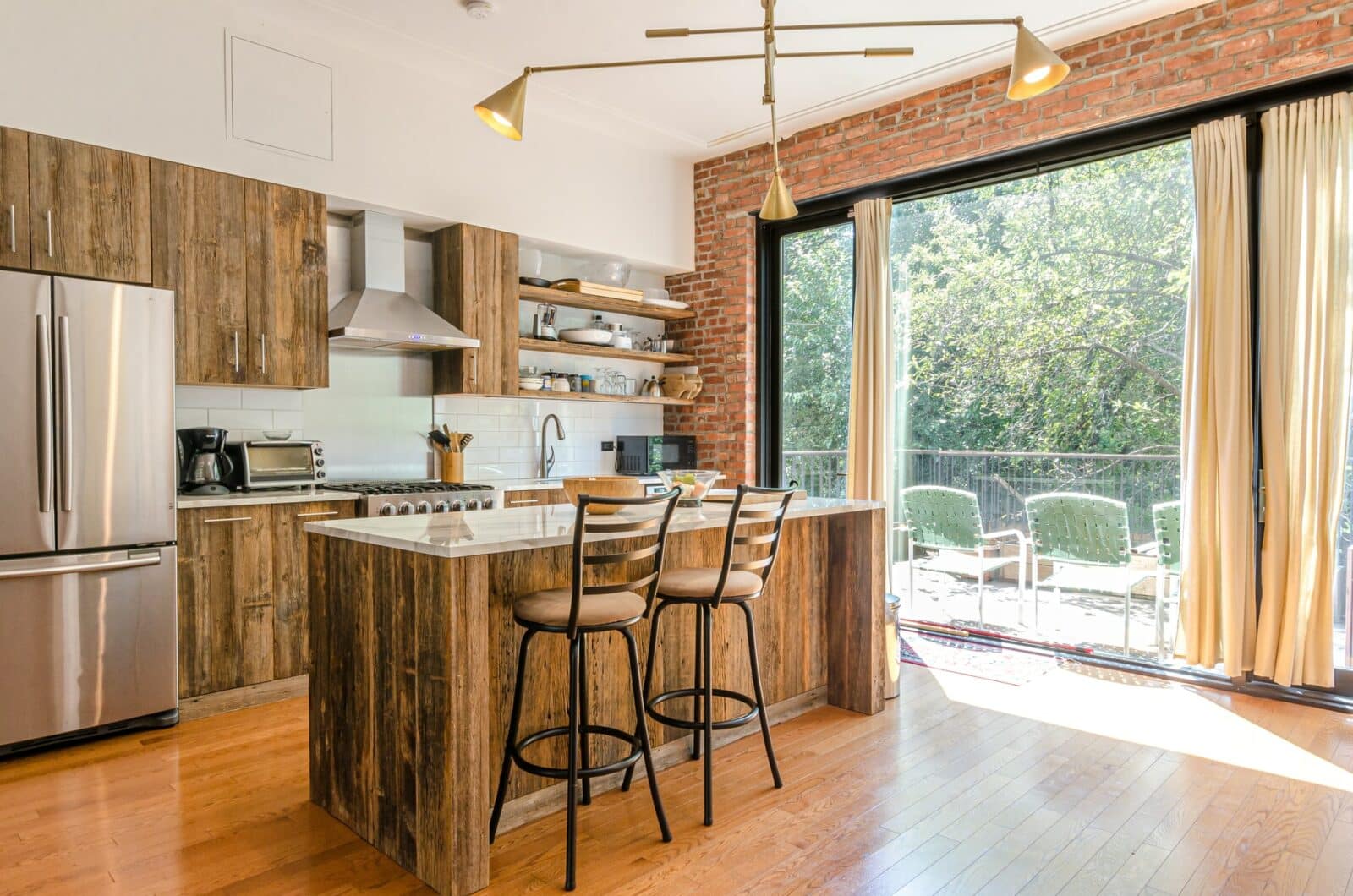


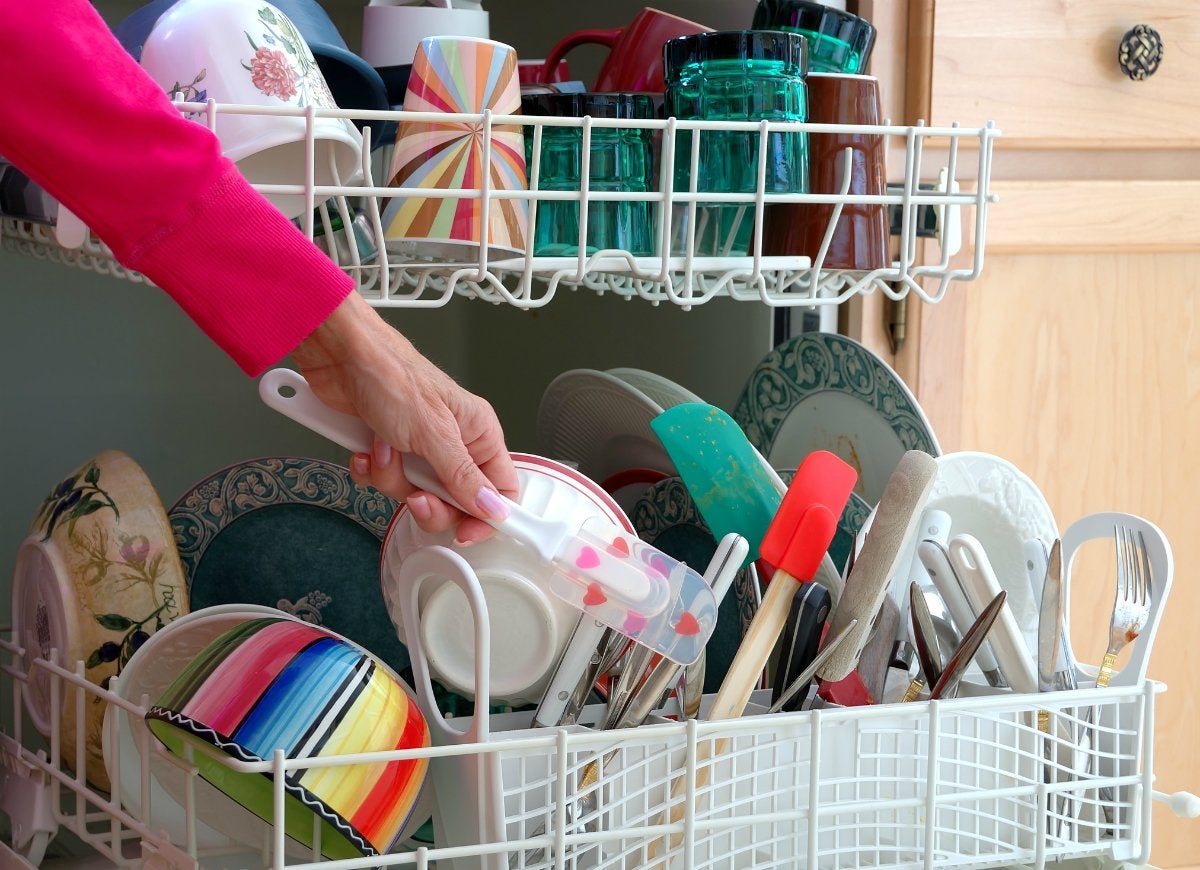
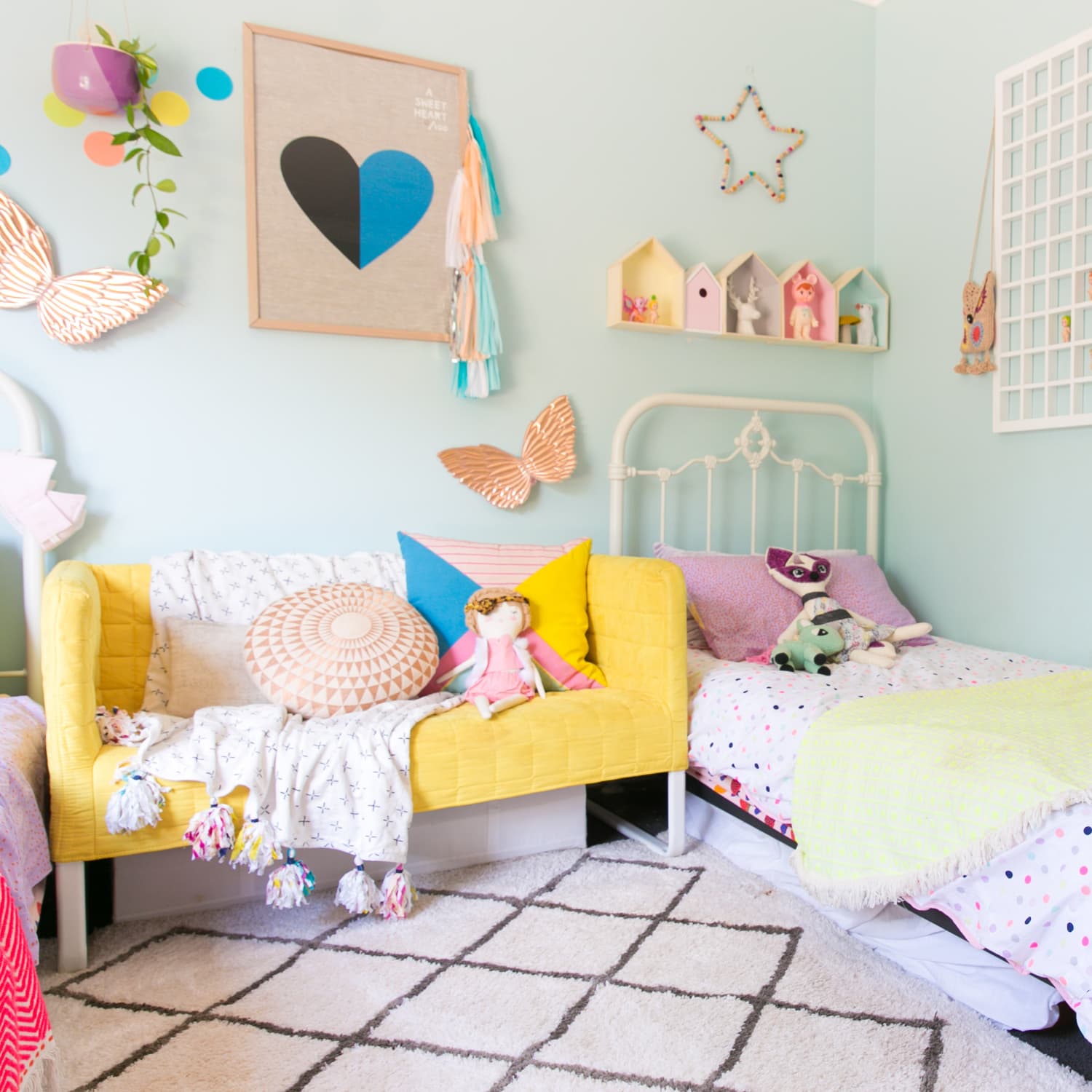




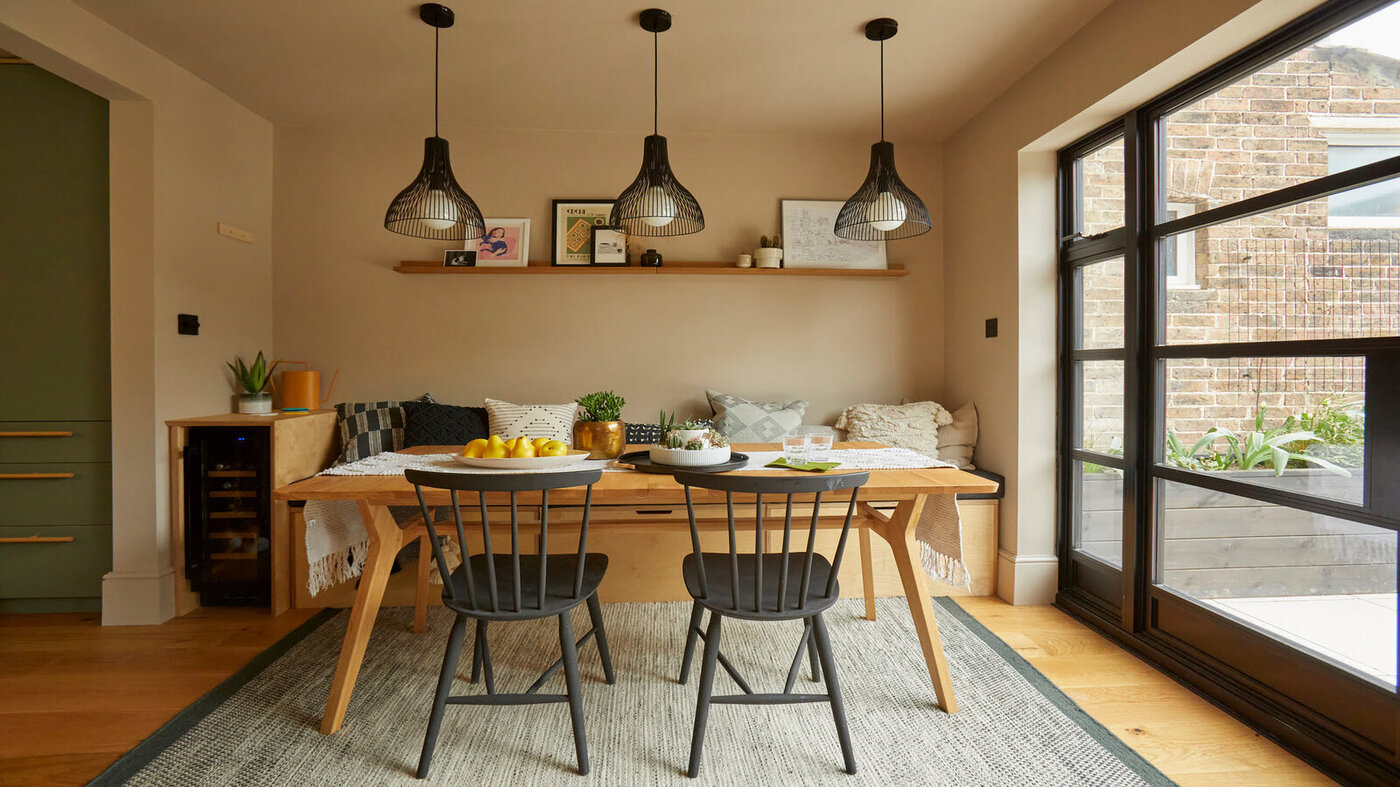
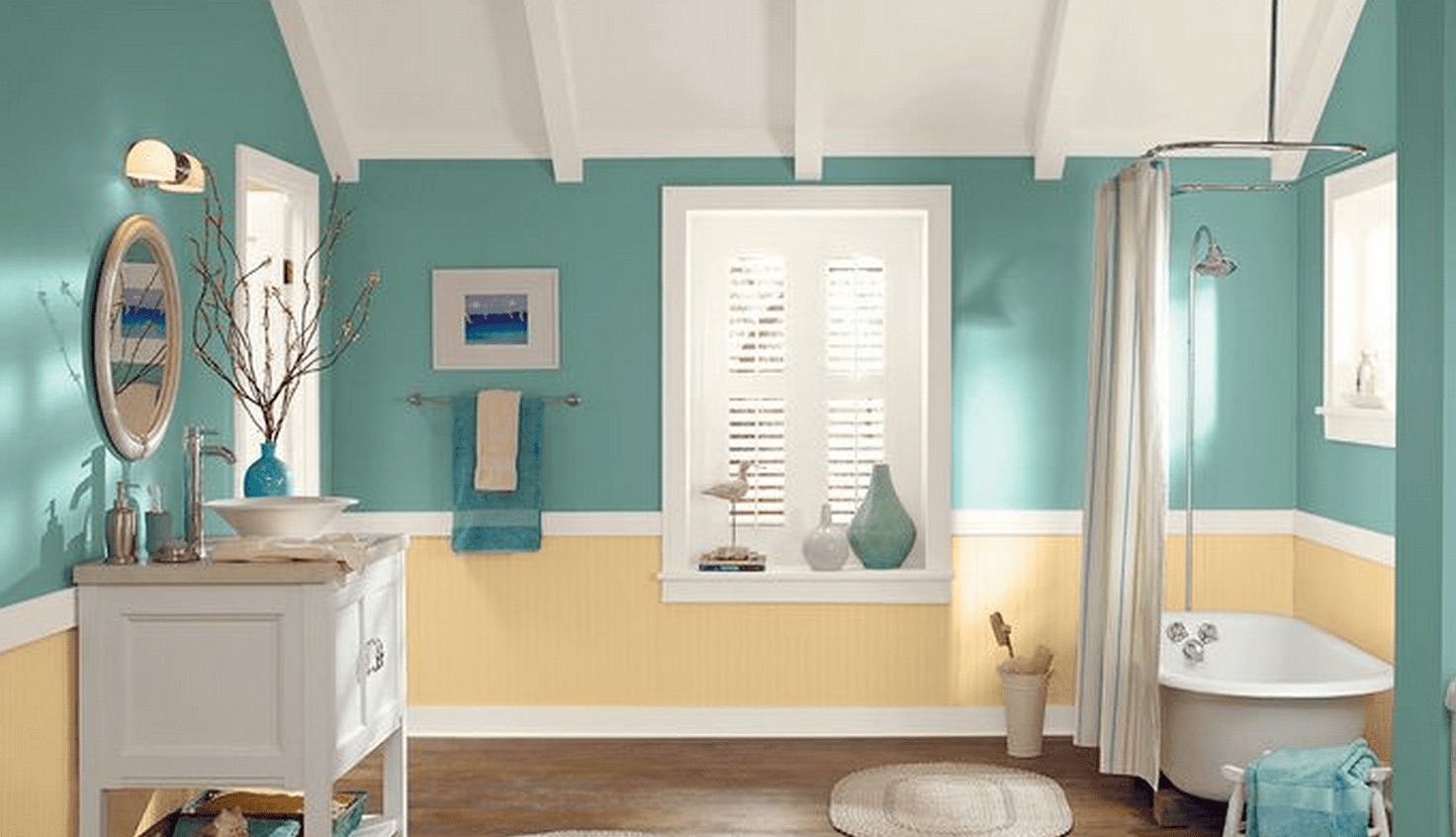
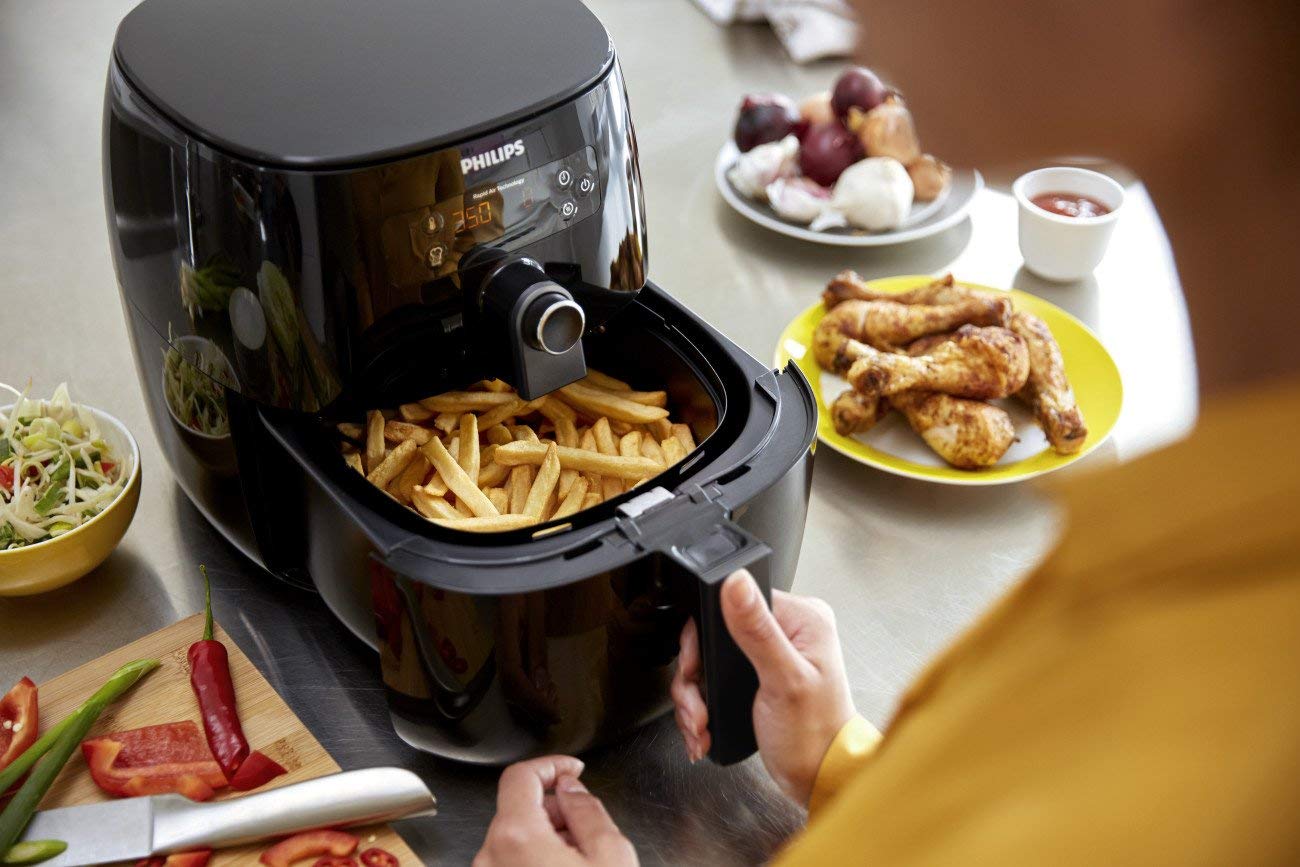


0 thoughts on “8 Small Pantry Mistakes You Can Make When Adding One, Say Experts”